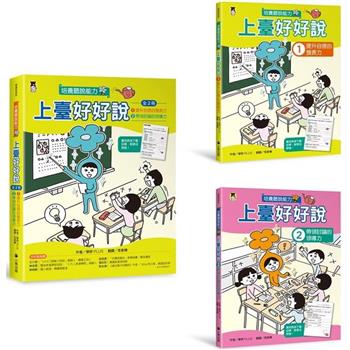The industrialization of information resources has been a growing trend across the world in recent years, especially in China, where the information resource industry (IRI) has expanded exponentially for over more than a decade.
While analysing the development conditions of China’s IRI, this two-volume set clearly defines the implications and strategic value of the industry, summarizes basic IRI theories, and clarifies the history of its development and special regional characteristics within the Chinese context. Drawing on the statistics and measurement of various economic indicators of IRI, the authors propose four stages of development: a germination period; an initial development period; a subsequent rapid development period; and lastly, a steady development period.
At the same time, the set draws upon various theoretical models such as the "Dynamic Resource Triangle" model, the "Information Resource Industrial Symbiosis" model, the value chain model and the explanation model of information consumption in order to shed light on IRI’s elements and the optimization of its management. In addition, the authors present the Information Resource Industry Development Index (IRIDI) to evaluate IRI’s development in different provinces and cities across Mainland China and monitor its dynamics from the point of view of industrial value and the external environment.
While the set lays a solid theoretical foundation for the growth of China’s IRI, it will also give international readers a clear picture of China’s emerging industries in the current era.
As an emerging strategic industry in China, the information resource industry (IRI) has had and will continue to have a growing impact on economic and social development. Focusing on the special characteristics of IRI policies in China, this set provides an in-depth discussion of the major directions, methods, and paths of development for IRI policies via a comprehensive analysis of the structural, organizational, promotional policies and policy instruments of China’s IRI.
Concentrating on policy instruments, the set, for the first time, provides a systematic, all-rounded review of China’s IRI policies that have been released to date, and proposes a "China Information Resource Industry Policy Library" comprising six types of IRI policy documents: organizational, information, regulatory, incentives, market, and social. The whole contributes to a comprehensive understanding of the application of various IRI policies in China, and also supports the decision making behind and building of industrial policies.











